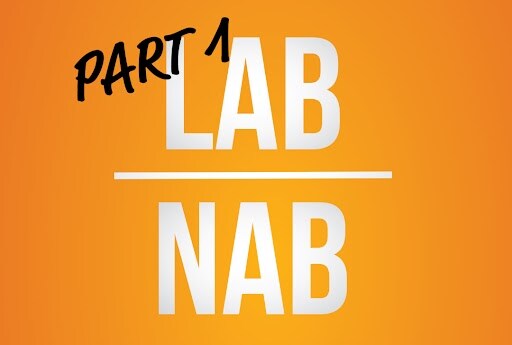A Global Trend
The beer industry, in particular the craft beer segment, has been in continuous expansion for the past few decades. Many trends and styles appeared and disappeared over this period, but one segment keeps gaining momentum: Non-Alcoholic and Low Alcohol Beers (NAB/LAB).
For craft brewers, producing low-ABV beers is an opportunity to extend their portfolio and appeal to a new generation of beer drinkers, which is shifting towards healthier eating and drinking habits with reduced calories and alcohol consumption. These beers also enable easier compliance with harsher government policies on driving under alcohol influence. This growing global market is expected to reach $23 Billion in 2025 [1].
The Biological Approach
Traditional NAB/LAB is associated with a lack of flavor and aroma with reduced consumer acceptance. Large breweries produce the vast majority of the low-ABV beers in the market through expensive thermal and mechanical de-alcoholization methods to remove ethanol from normal-strength beers while trying to preserve the taste. The requirement for specialized and costly equipment puts these approaches outside the reach of most craft breweries.
Alternatively, biological methods focus on the restricted ethanol production during fermentation by the yeast cells. The main strategies to limit ethanol production include:
- Low fermentability wort;
- Lower fermentation temperatures;
- Limited brewer’s yeast contact time;
- Maltose-intolerant Saccharomyces;
- Non-conventional yeast species.
The main advantage of such biological techniques is the possibility of direct implementation with little to no investments in additional equipment. More often than not, several of these strategies are used simultaneously to produce NAB/LAB (Fig. 1).
 Figure 1. Low ABV beer production key steps. Small adjustments are required in the brewing process to reduce the production of ethanol.
Figure 1. Low ABV beer production key steps. Small adjustments are required in the brewing process to reduce the production of ethanol.
Wort Production
Brewing wort is a nutrient-rich environment with significant amounts of simple sugars, particularly glucose and maltose (Fig. 2), which conventional brewing yeast cells will convert to ethanol. Thus, decreasing the concentration of these fermentable sugars in the wort will contribute to lower ethanol content in the final product.
 Figure 2. Typical brewing wort composition.
Figure 2. Typical brewing wort composition.
Brewers can achieve this by introducing small changes in the mashing process, in particular decreasing the original gravity of the wort (5-7 P) and mashing at warmer temperatures (>72 °C) to favor longer dextrins (DP4+). Lower gravity wort will also help decrease the sweetness of the final product, as fewer sugars will remain after fermentation, and will decrease the overall ingredient costs.
The wort and beer residual sweetness can also be balanced with bittering hops additions, we recommend starting around 20 IBU for low ABV beers with 0.5-1.0 % ABV and then performing minor adjustments to taste.
Special attention has to be given to the wort and beer pH. The lower gravity wort has lower buffer capacity due to less dissolved sugars and proteins, and the final pH after the boil tends to be higher than in traditional beers. Furthermore, during fermentation, the yeast will use smaller amounts of sugar and consequently acidify less the final beer. The combination of higher initial pH and lower acidification can result in final pH higher than 4.5, which might allow for pathogenic microorganisms’ growth, yielding a final product that is not safe for consumption.
Acidification of the wort is the safest approach, as it will decrease the chance of contamination with pathogens. Still, the pH in a finished product can be adjusted using food-grade acids like acetic or phosphoric acid.
References
1. B Wire. Global Non-Alcoholic Beer Market Report 2021: Market is Expected to Reach $23.27 Billion in 2025 at a CAGR of 8.7% - Forecast to 2030 - ResearchAndMarkets.com. 2022 2022/04/04]; Available from: https://www.businesswire.com/news/home/20220104005772/en/Global-Non-Alcoholic-Beer-Market-Report-2021-Market-is-Expected-to-Reach-23.27-Billion-in-2025-at-a-CAGR-of-8.7---Forecast-to-2030---ResearchAndMarkets.com.






